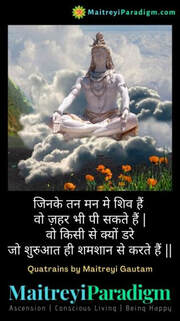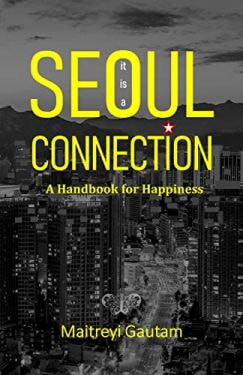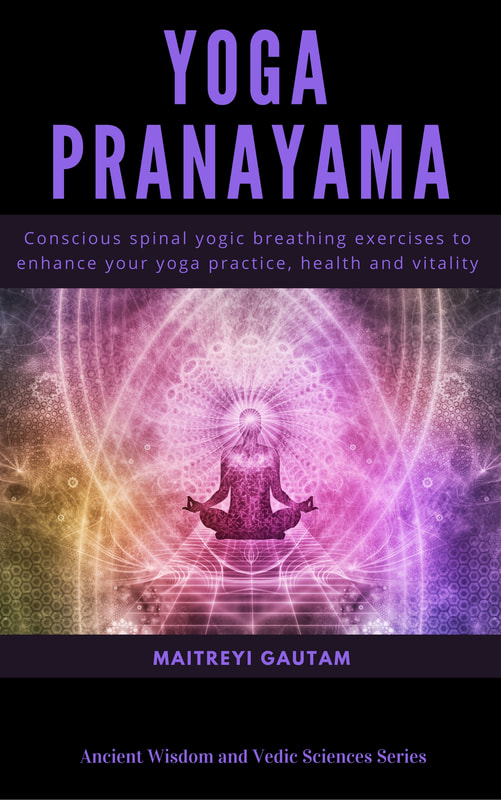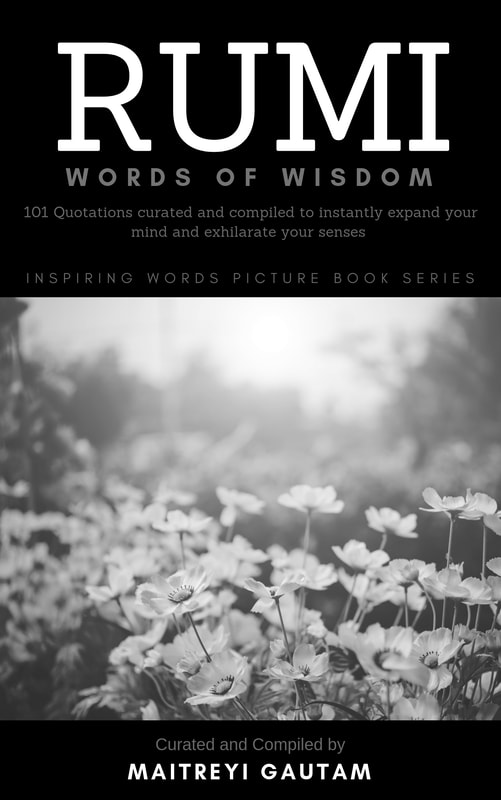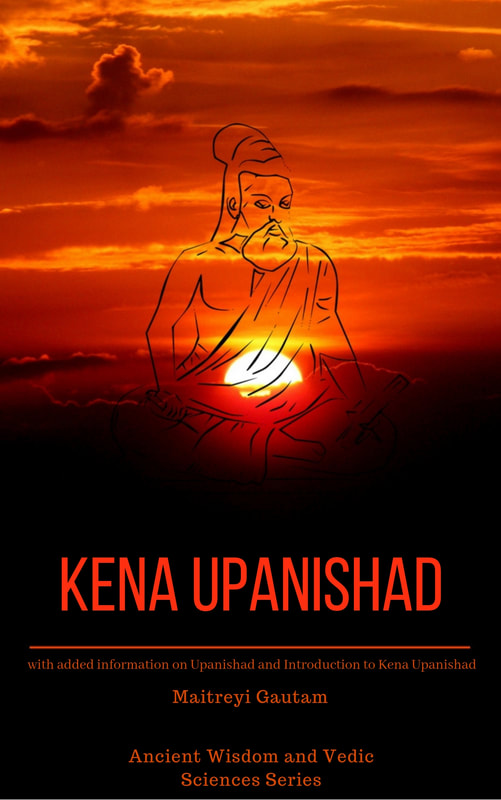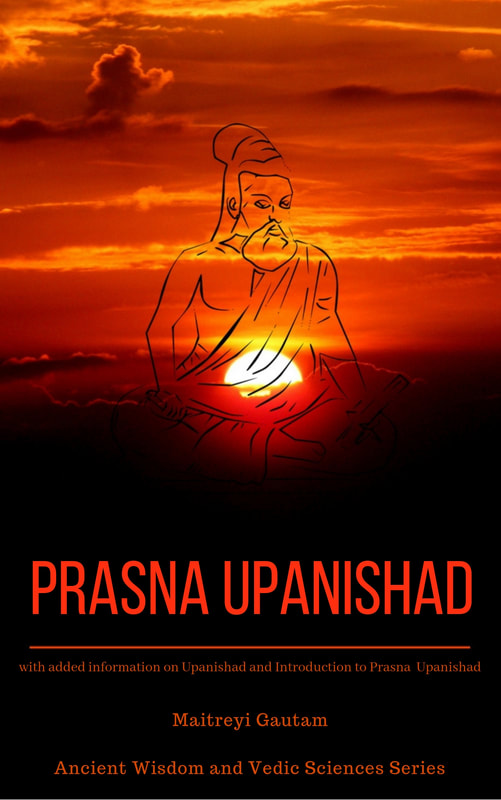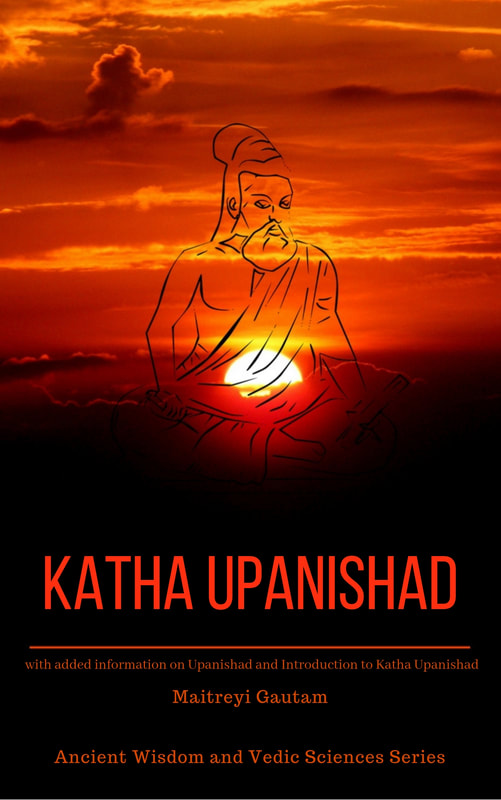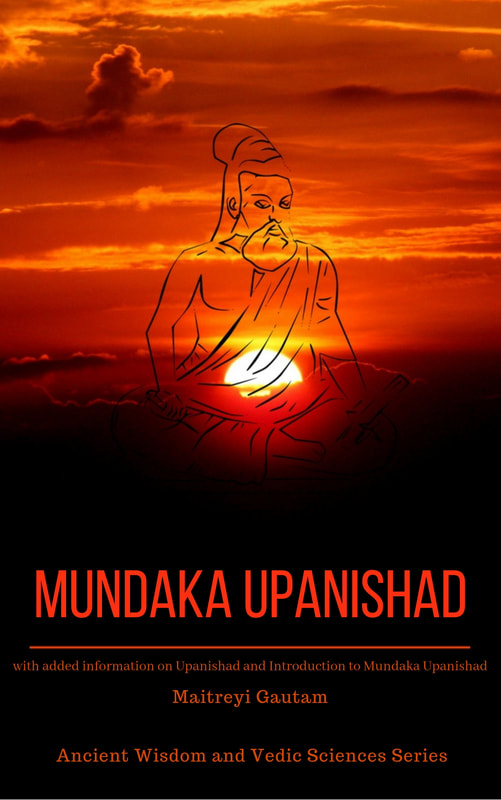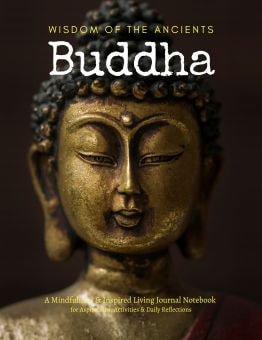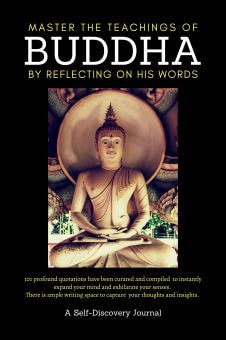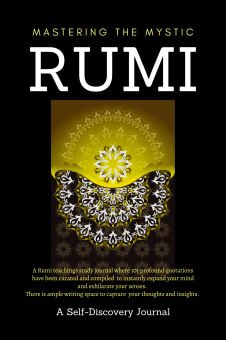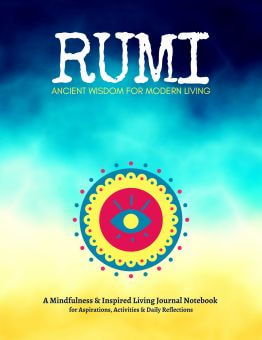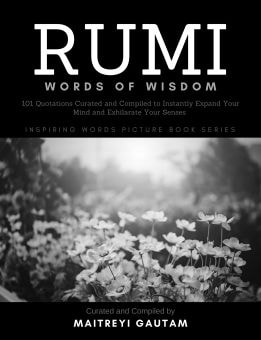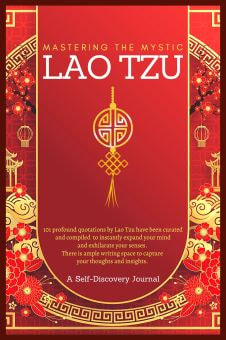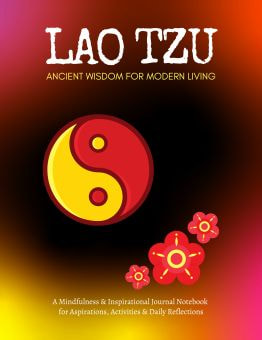The Kaula tradition is a distinct and influential stream within Tantric Shaivism, known for its unique philosophical views, ritual practices, and esoteric teachings. It is one of the three primary schools of Tantra within Hinduism, the others being Samaya and Mishra.
Key characteristics of the Kaula tradition include:
The Kaula tradition has influenced various spiritual paths and practices in Hinduism and beyond. Its teachings have been adapted and interpreted in various ways across different regions and times.
As with all Tantric paths, the Kaula tradition is complex and multifaceted, and its practices are often esoteric, requiring guidance from a knowledgeable practitioner.
Key characteristics of the Kaula tradition include:
- Guru-Centric Approach: The Kaula tradition places immense importance on the guru or spiritual teacher. It is believed that true understanding and practice of Tantra can only be transmitted through a lineage of enlightened teachers. The guru is not just a guide but also a conduit of spiritual energy and knowledge.
- Integration of the Material and Spiritual: Unlike some spiritual paths that advocate renunciation of the material world for spiritual progress, the Kaula tradition teaches that spiritual enlightenment can be achieved within the realm of everyday life. It embraces the material world and bodily experiences as means to attain spiritual realization.
- Ritual Practices: Kaula Tantra is known for its elaborate rituals, which may include the use of mantras, yantras (mystical diagrams), mudras (symbolic hand gestures), and puja (worship rituals). These rituals are meant to purify the practitioner and aid in the awakening of Kundalini energy, leading to higher states of consciousness.
- Tantric Sexual Practices: One of the more misunderstood aspects of the Kaula tradition is its use of sexual symbolism and rituals. These practices, often shrouded in secrecy, are symbolic and are understood to represent the union of the divine masculine and feminine principles (Shiva and Shakti). They are used as metaphors for the union of the individual soul with the universal consciousness.
- Non-Dualistic Philosophy: The Kaula tradition teaches non-duality (Advaita), asserting that the ultimate reality is both immanent and transcendent. It views the universe as a manifestation of the Divine and seeks to transcend the dualities of existence to realize this underlying unity.
- Emphasis on Shakti: The divine feminine energy, or Shakti, is central to Kaula Tantra. It emphasizes the worship of the Goddess and the cultivation of feminine energy as a path to spiritual awakening.
The Kaula tradition has influenced various spiritual paths and practices in Hinduism and beyond. Its teachings have been adapted and interpreted in various ways across different regions and times.
As with all Tantric paths, the Kaula tradition is complex and multifaceted, and its practices are often esoteric, requiring guidance from a knowledgeable practitioner.



